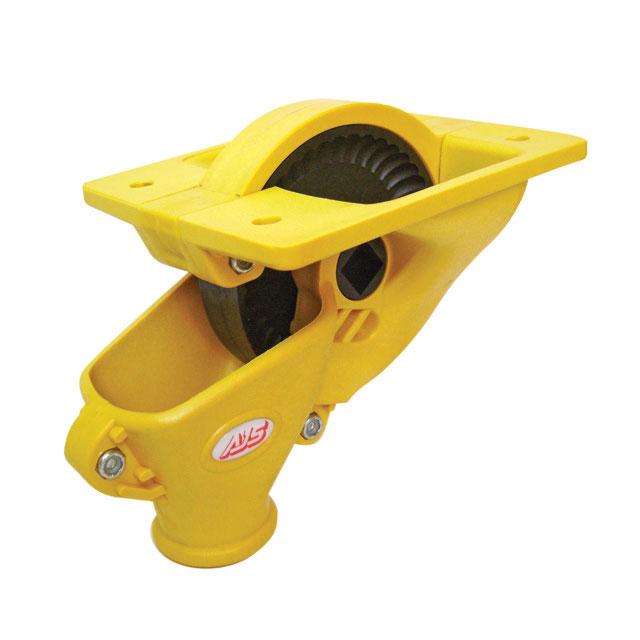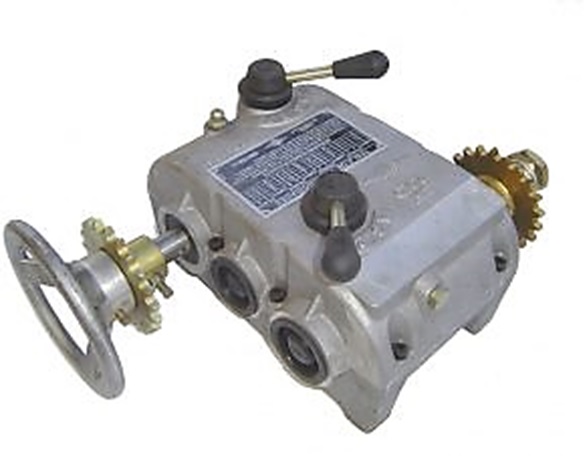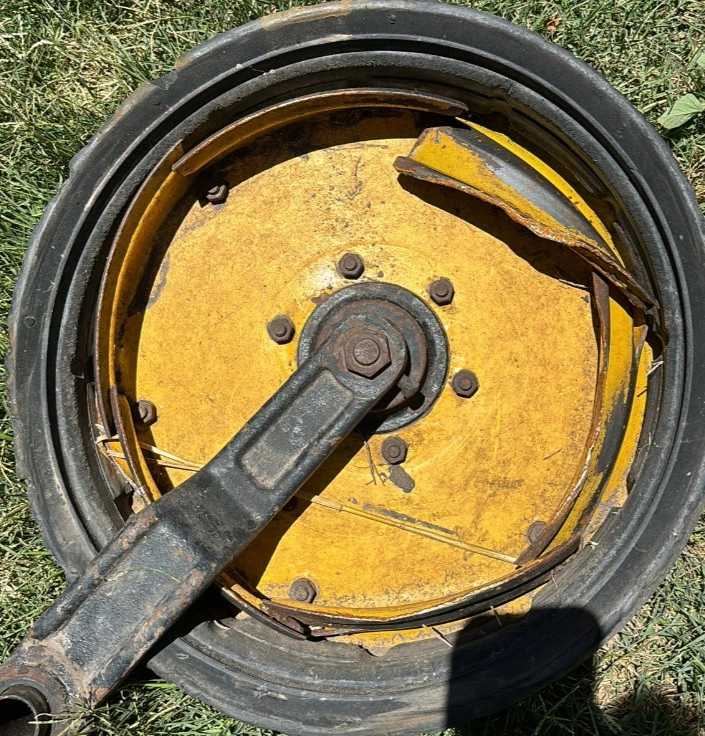Determination Of Kilograms Per Hectare For Sowing Wheat.
Variables to consider:
Calculating the appropriate amount of wheat seeds to plant per hectare is essential to ensure a healthy crop and optimal yield. To make this determination, it’s necessary to integrate various factors and specific data.
The amount of wheat seed needed per hectare depends on several factors, including the type or variety of wheat, the target number of emerged plants per square meter, seed germination and viability, soil and climate conditions, and agricultural management practices.
Here, we will generally discuss a method to calculate the kilograms per hectare (kg/ha) for wheat planting:
Thousand Seed Weight (TSW)

It is the weight in grams of a set of a thousand wheat seeds. It’s expressed in grams. With this information, we can calculate the number of seeds in one kilogram through a rule of three. Let’s assume that the thousand seeds weigh 22 grams. How many seeds are in a kg?
22 g ———– 1000 seeds
1000 g ——– X seeds
That is, 1000 x 1000 / 22 = 45,454 seeds/Kg. We can consider 45,000 seeds per hectare.
Density of Seedlings:
It represents the ideal number of wheat seedlings expected to establish in a given area to ensure adequate coverage and maximum capture of essential resources (water, light, and nutrients).
The optimal density varies according to environmental conditions. Generally, drier areas will require a lower density, while in more humid environments, this density will be higher.
This value is expressed in the number of seedlings per square meter. However, to scale it to field measurements, it is multiplied by 10,000 to determine the seedlings per hectare.
Percentage of Success:
The success rate is the product of the seed purity percentage (%PP – purity percentage), the germination power (%PG), which is the percentage of seeds that can germinate, and the achievement percentage (%PL) which corresponds to the percentage of plants that can thrive and survive until harvest.
Not all planted seeds will germinate and become mature plants. The success rate estimates what proportion of the planted seeds will effectively germinate and successfully establish in the field.
Factors affecting this percentage include seeds that are consumed by wildlife (birds, insects, mammals), seeds that are at an inadequate depth for their germination, or those affected by adverse weather conditions, such as excessive sun exposure.
Final Calculation
Once the values for PMG and consequently the number of seeds per kilogram, the desired seedling density, and the expected success rate have been determined, these data can be used to calculate the necessary kilograms of wheat seeds per hectare.
For instance:
You might have a goal of 250 emerging plants per square meter, meaning that per hectare it would be = 250 x 10,000 m2. Let’s assume you have 45,000 seeds in one kilogram of wheat seed with a 90% success rate (0.90 in decimal format), implying that 90% of the planted seeds will germinate.
Dose (kg/ha) = 250 x 10,000 / (45,000 x 0.90) = 2,500,000/40,500 ≈ 61.73 kg/ha.











